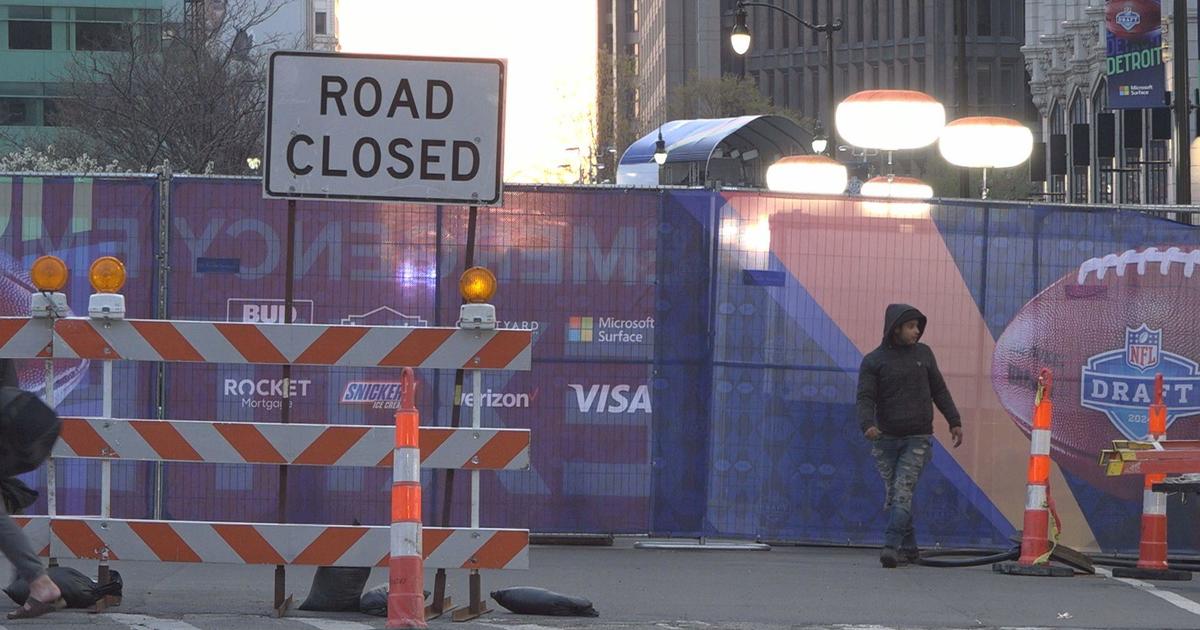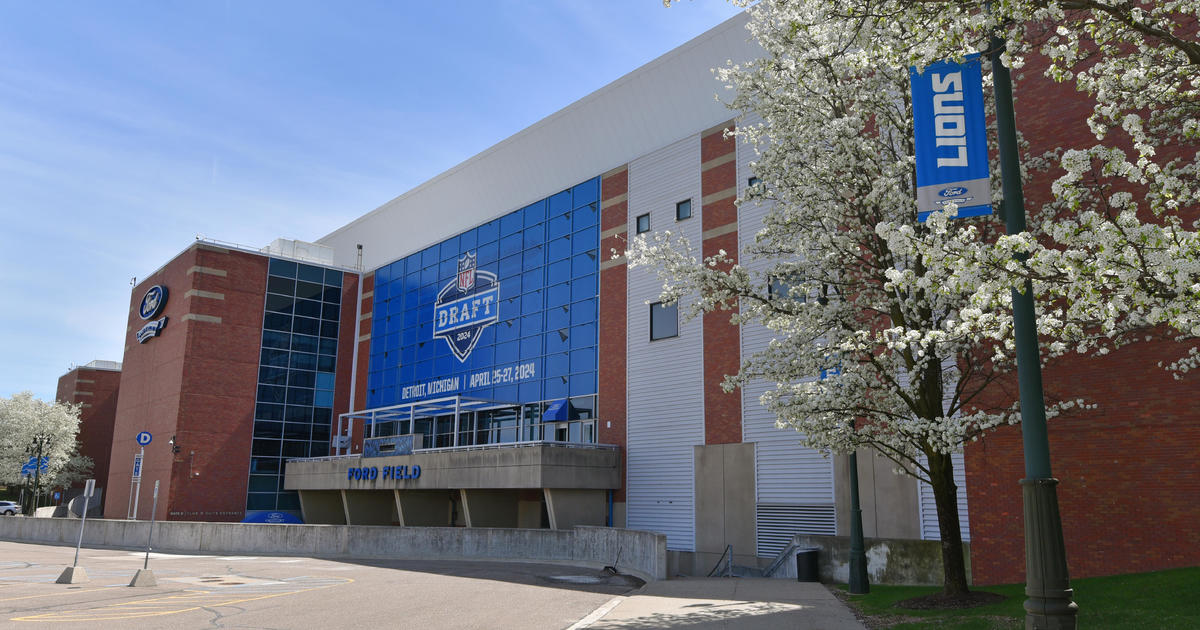Detroit's Bankruptcy Follows Decades Of Decay
DETROIT (AP) - The city of Detroit, which for years paid its bills with borrowed money, is the largest city in U.S. history to file for bankruptcy protection. Here's a look at how the city spiraled into financial ruin and why it's in so much trouble:
What happened?
For decades, Detroit paid its bills by borrowing money while struggling to provide the most basic of services for its residents. The city, which was about to default on a good chunk of its $14 billion-plus debt, now will get a second chance in a federal bankruptcy court-led restructuring.
Detroit's budget deficit this year alone is estimated at $380 million, and Kevyn Orr, its state-appointed emergency manager, chose bankruptcy over diverting money from police, fire and other services to make debt payments.
The move conserves cash so the city can operate, but it will hurt Detroit's image for years. It also leaves creditors with pennies on the dollar and places in jeopardy the pension benefits of thousands of city retirees.
Why did it happen?
It took decades of decay to bring down the once-mighty industrial giant that put the world on wheels. The city grew to 1.8 million people in the 1950s, luring them with plentiful jobs that paid good wages to stamp out automobiles for sale across the globe.
But like many American cities, Detroit's fall began late that decade as developers starting building suburbs. Then came the 1967 riots that accelerated the number of white residents who moved to the cities north of Eight Mile Road, considered the region's racial dividing line.
At the same time, auto companies began opening plants in other cities, and the rise of autos imported from Japan started to cut the size of the U.S. auto industry. Detroit's property values fell, tax revenue dropped, police couldn't control a growing murder rate, and many middle-class blacks fled the city for safer suburbs with better schools.
By 2009, the auto industry collapsed along with the economy as a whole, eventually pulling the city down with it. Government corruption under former Mayor Kwame Kilpatrick only made things worse.
In the 2000 census, Detroit's population fell under 1 million in as the exodus continued. Today it's barely above 700,000.
Did the auto industry's fall drag down Detroit?
It's a big factor.
The city is littered with abandoned factories built in the postwar boom years, most of which have multiple stories. As the Japanese auto invasion began cutting into Detroit's sales, General Motors, Chrysler, Ford and hundreds of auto parts companies looked outside the city to build one-story plants that could handle modern assembly lines.
With every downturn, more companies abandoned the city, leaving the hulking buildings to squatters. Detroit's tax base continued to erode. By the time the auto industry melted down in 2009, only a few factories from GM and Chrysler were left.
GM is the only one with headquarters in Detroit, though it has huge research and testing centers with thousands of jobs outside the city.
Where else has this happened?
Before Detroit, the largest local government bankruptcy filing was in Jefferson County, Ala., in November 2011. The county cited more than $4 billion in debt, mostly from corrupt deals involving sewer financing that fell apart when the home mortgage crisis hit in 2008.
The county is still trying to clean up the mess. Last month, commissioners sought a compromise that calls for paying creditors a little over half the money they're due and raising sewer rates. They hope to exit bankruptcy by December.
Jefferson County has nearly 700,000 people, which is similar in size to Detroit, and includes the city of Birmingham. The economic crisis also caused bankruptcies of smaller cities.
The California cities of Stockton, San Bernardino, and Mammoth Lakes all filed for bankruptcy last year. Stockton and San Bernardino were hit by plummeting home values during the recession, which cut property and sales taxes, while Mammoth Lakes was overwhelmed by a $43 million breach-of-contract judgment brought against it by a developer.
Just who does Detroit owe?
There are 53 creditors negotiating with Orr's restructuring team. Of those, 48 creditors are unsecured, meaning the money they're owed is not backed by city revenue streams like water service fees or casino taxes.
Other creditors include unions and retirees who receive city pensions.
GM rebounded after bankruptcy. Can Detroit follow?
Maybe.
In GM's 2009 government-funded bankruptcy, the company was split in two, with money-making assets staying at GM and decrepit plants and billions in debt going to a separate company. GM reduced its debt from $46 billion to $8 billion and used the bankruptcy to close factories, shed brands and get more concessions from union workers. The new, leaner company has since racked up $17.2 billion in profits and added jobs in Detroit.
For the city, the comeback will be much harder. Its decaying neighborhoods can't be sent elsewhere. But creditors whom Detroit owes more than $14 billion will have to take pennies on the dollar. Thousands of retired city workers could lose at least part of their pension benefits. Concessions could be forced upon dozens of city unions, including pay and benefit cuts.
Free of these financial burdens, Detroit will be able to concentrate its limited dollars on services such as basic police and fire protection. Better services could bring more people and lure more business investment. Already the downtown and an area to the north called Midtown are seeing business and residential growth - signs that Detroit has a future.
MORE: Bankrupt Detroit: What Will Happen Next?
Historic Day: Detroit Files For Bankruptcy
No Federal Government Bailout In The Works For Detroit
Snyder Says Detroit Bankruptcy A 'Painful Decision'
© Copyright 2013 The Associated Press. All Rights Reserved. This material may not be published, broadcast, rewritten or redistributed.



